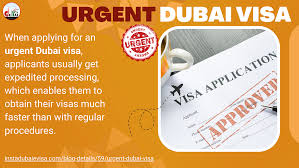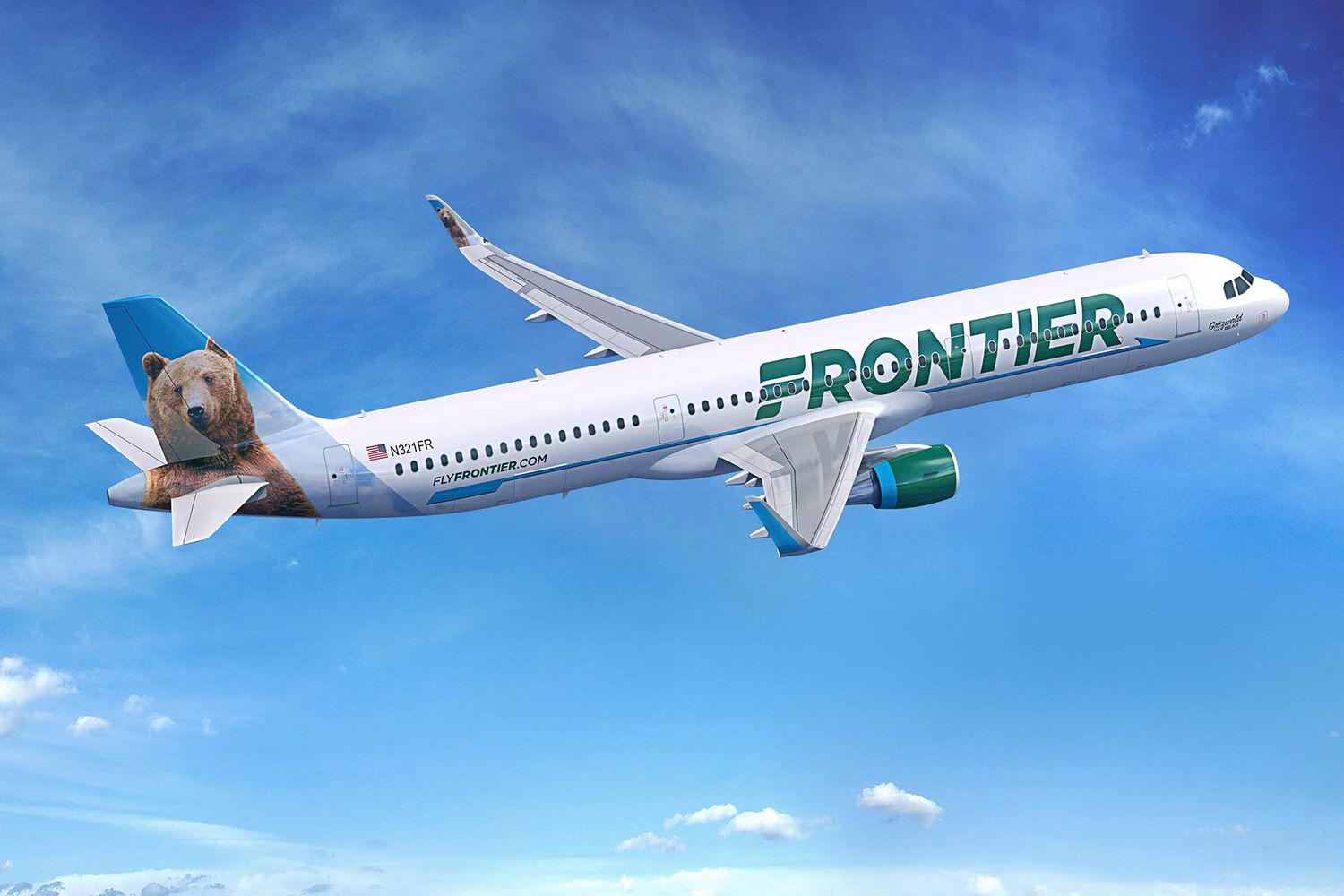Belgian fries, also known as frites, are a popular and delicious food enjoyed by many around the world. Despite their name, Belgian fries are not actually from Belgium. They were introduced to the country by French-speaking Belgians who lived in the southern region of Wallonia. The dish became popular in Belgium and gained worldwide recognition as a Belgian specialty.
Until now, you might have been eating only french fries bluntly. But let us share with you some interesting facts about Belgian fries.
Interesting Things About Belgian Fries
- Proper Potato Variety: Belgian fries are traditionally made from the Bintje potato variety. Bintje potatoes have a high starch content, which gives the fries a fluffy interior and a crispy exterior when cooked.
- Double-Frying Technique: One of the secrets to achieving the perfect Belgian fry is the double-frying technique. The potatoes are first fried at a lower temperature to cook them through, then they are removed from the oil and allowed to cool. Finally, they are fried again at a higher temperature to achieve a golden and crispy texture.
- Mayonnaise Dip: In Belgium, it is common to serve Belgian fries with a side of mayonnaise for dipping. This tradition is so deeply rooted in Belgian culture that the country is known to have one of the highest per capita consumption rates of mayonnaise in the world.
- Friteries: In Belgium, you’ll find specialised fast-food establishments called “friteries” or “fritkots” that serve primarily Belgian fries. These establishments often offer a wide variety of sauces and toppings to accompany the fries, ranging from classic mayonnaise to more unique flavours like andalouse (a spicy mayo-ketchup sauce) or samurai (a spicy mayonnaise).
- Size Matters: Traditionally, Belgian fries are cut into thick batons, usually around 1 cm or more in thickness. This larger size allows for a crispy exterior and a soft interior.
- Cultural Heritage: In 2017, Belgian fries were officially recognized as part of Belgium’s cultural heritage by UNESCO. The recognition highlighted the importance of Belgian fries to the country’s identity and culinary traditions.
- Piping Hot: Belgian fries are best enjoyed piping hot, straight from the fryer. They are known for their crispy texture and are often served in a cone-shaped paper or a small cardboard carton to preserve their heat and crunchiness.
- Fries with Everything: In Belgium, fries are not just a side dish; they are often eaten as a main course. They can be paired with a variety of toppings, such as steak, mussels, or even fried eggs, to create a hearty and satisfying meal.
- Fries Around the World: Belgian fries have gained popularity globally, and variations can be found in many countries. In the United States, they are commonly known as “French fries,” while in the United Kingdom, they are called “chips.” However, true Belgian fries are made using the double-frying technique and have a distinct texture and flavour.
So, next time you enjoy a serving of Belgian fries, you’ll have some extra knowledge to savour along with the delicious taste! If you are craving these delicious fries, book your flight itinerary for visa today!
How To Obtain A Belgium Visa?
To obtain a Belgium Schengen visa, you will need to follow a series of steps and fulfil specific requirements. Belgium issues different types of visas, including tourist visas, business visas, student visas, and more. Identify the category that corresponds to your purpose of travel.
- Check if you need a visa: Depending on your nationality, you may or may not require a visa to enter Belgium. Check the official website of the Belgian embassy or consulate in your country to determine if you need a visa.
- Gather the required documents: Prepare all the necessary documents for your visa application. Typical requirements include a completed visa application form, a valid passport, recent passport-sized photographs, travel itinerary, proof of accommodation for visa, travel insurance, proof of financial means, and supporting documents specific to the visa category you are applying for.
- Book an appointment: Contact the Belgian embassy or consulate in your country to schedule an appointment. Visa applications are usually submitted in person, and appointments help manage the application process efficiently.
- Attend the appointment: On the scheduled day, visit the embassy or consulate with all your documents. Submit your application and pay the required visa fee. You may also need to provide biometric data (fingerprints and a photograph).
- Wait for processing: The visa processing time can vary, but it usually takes a few weeks. During this period, the embassy or consulate will review your application, conduct any necessary checks, and make a decision on your visa.
- Collect your visa: Once your visa application is approved, you will be notified to collect your passport with the visa stamp. Return to the embassy or consulate to pick up your passport, or follow the instructions provided to receive it by mail if applicable.











